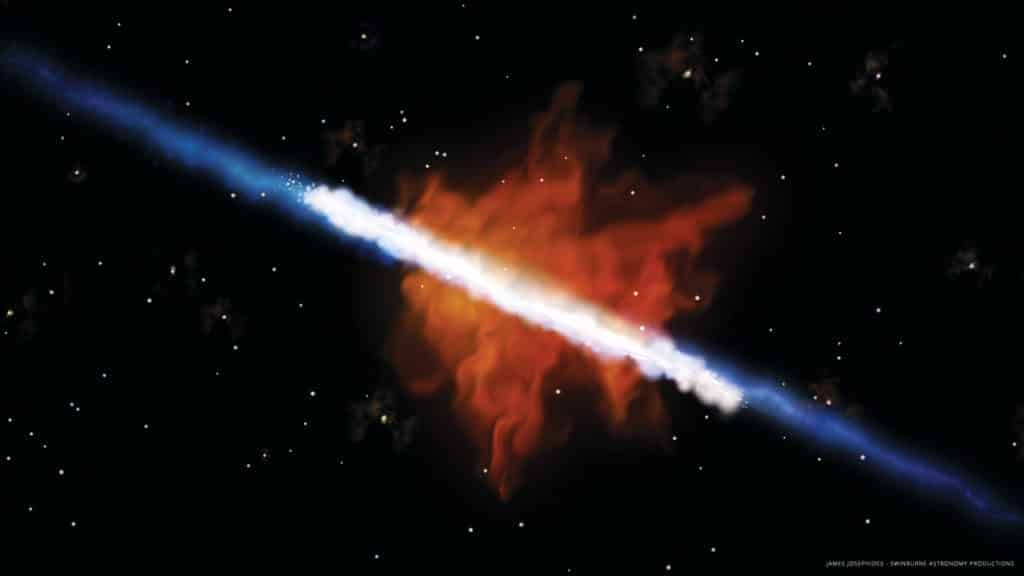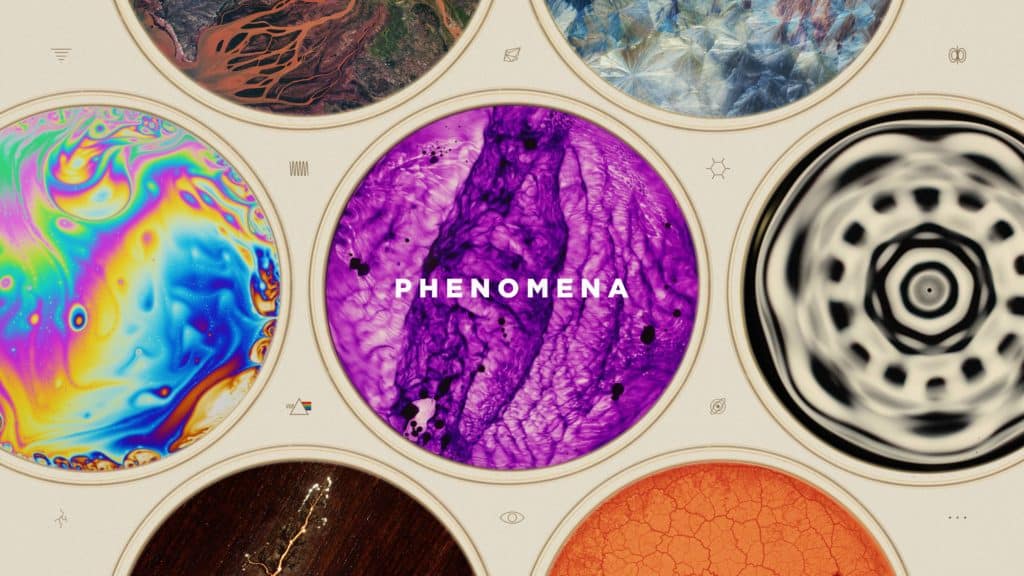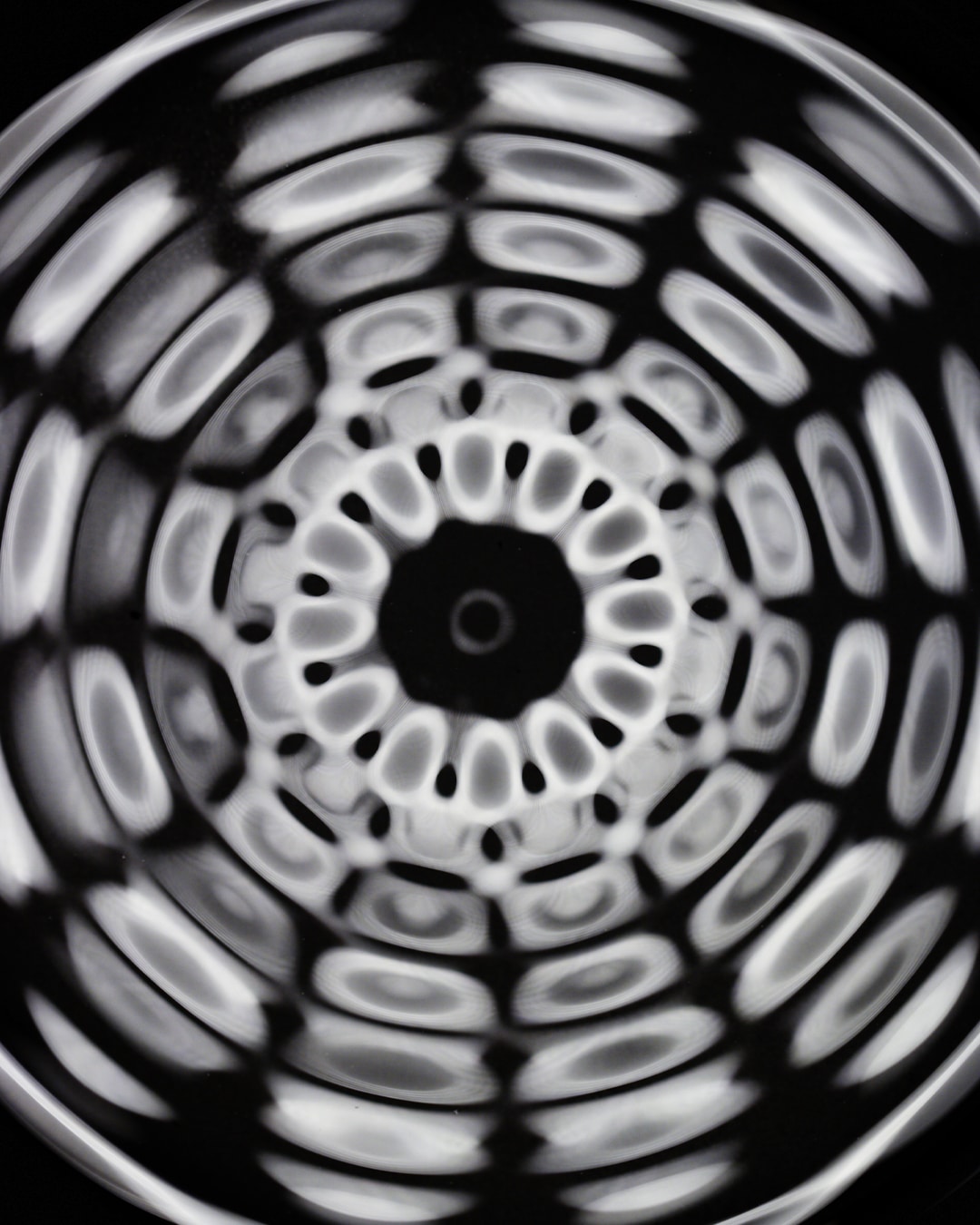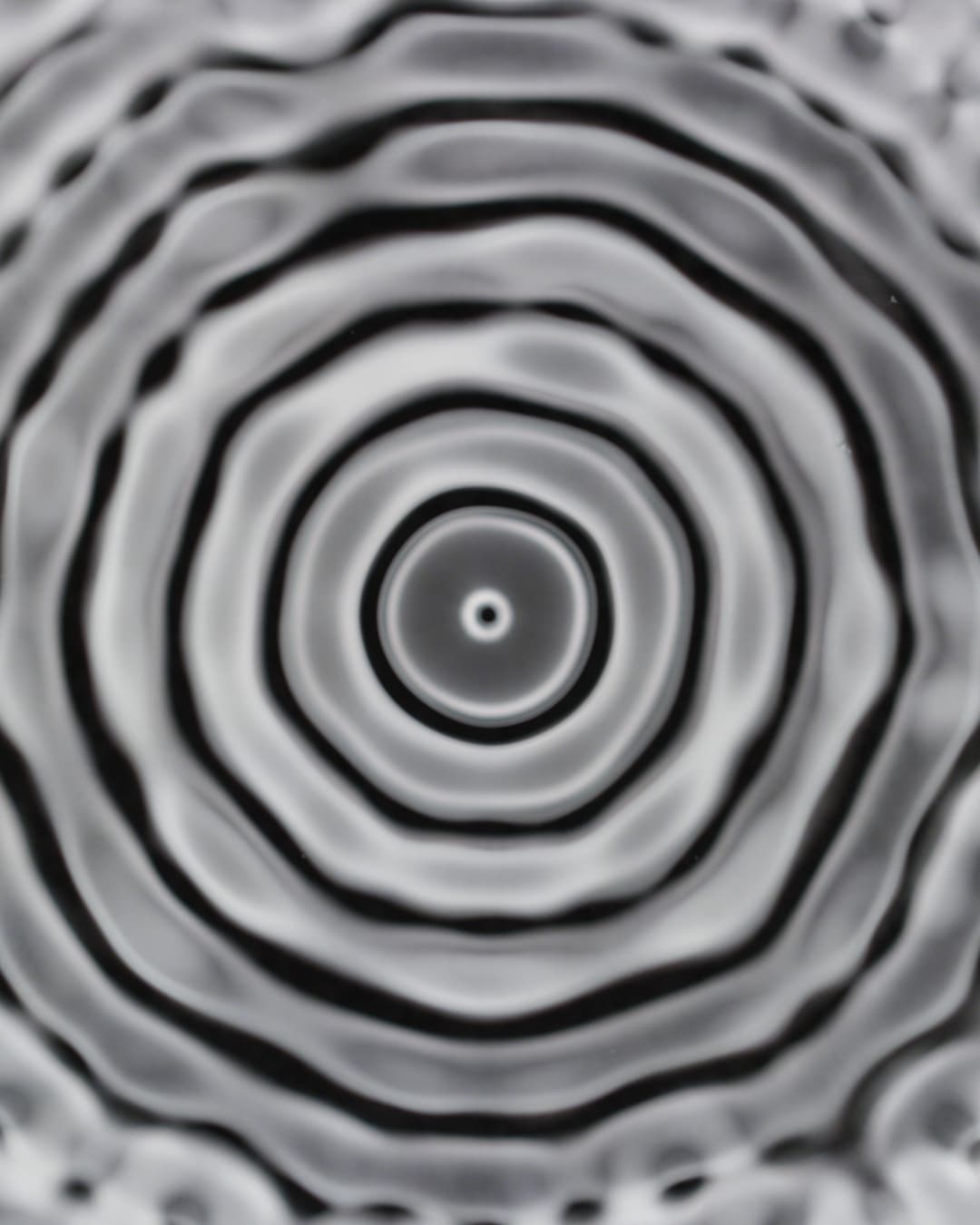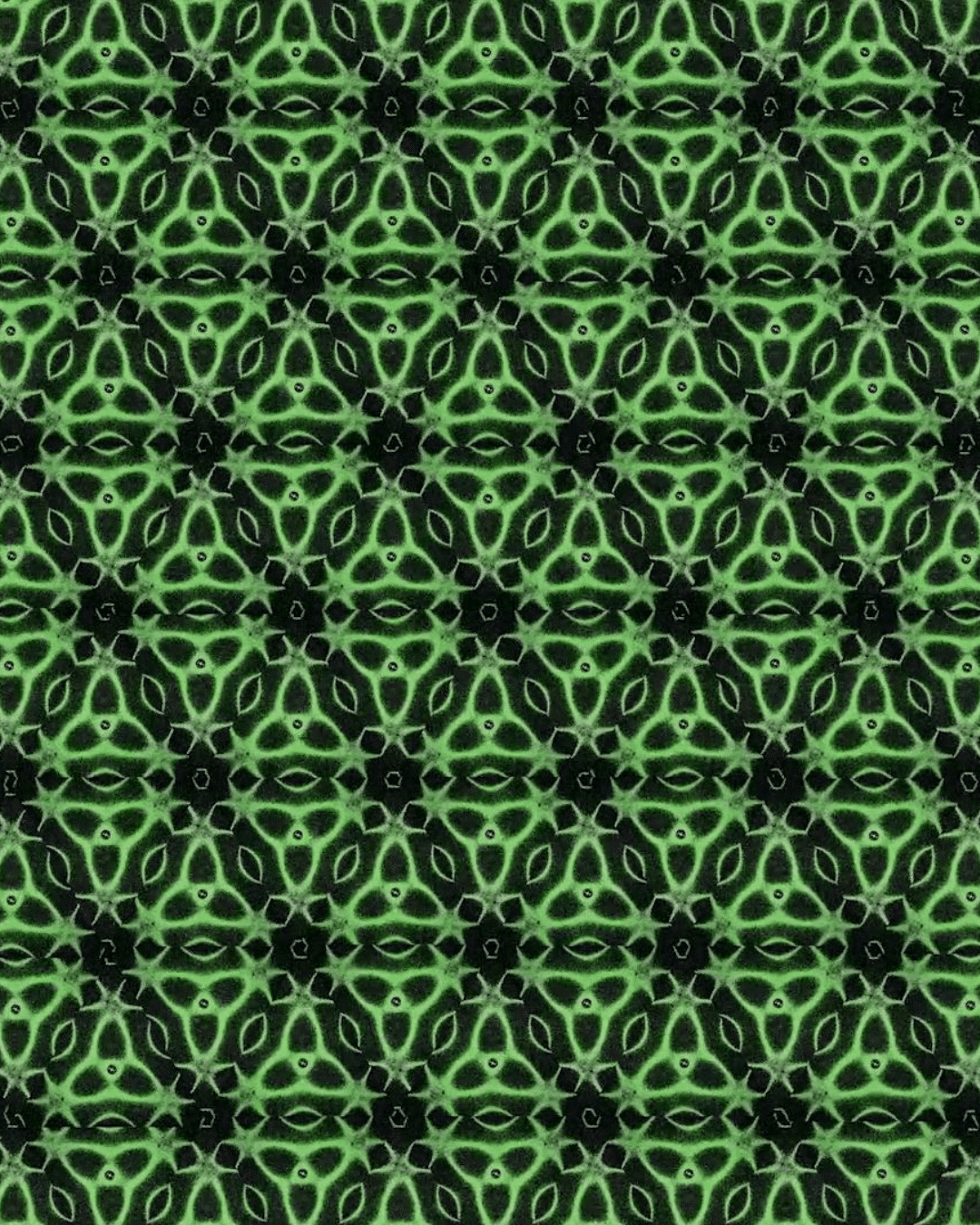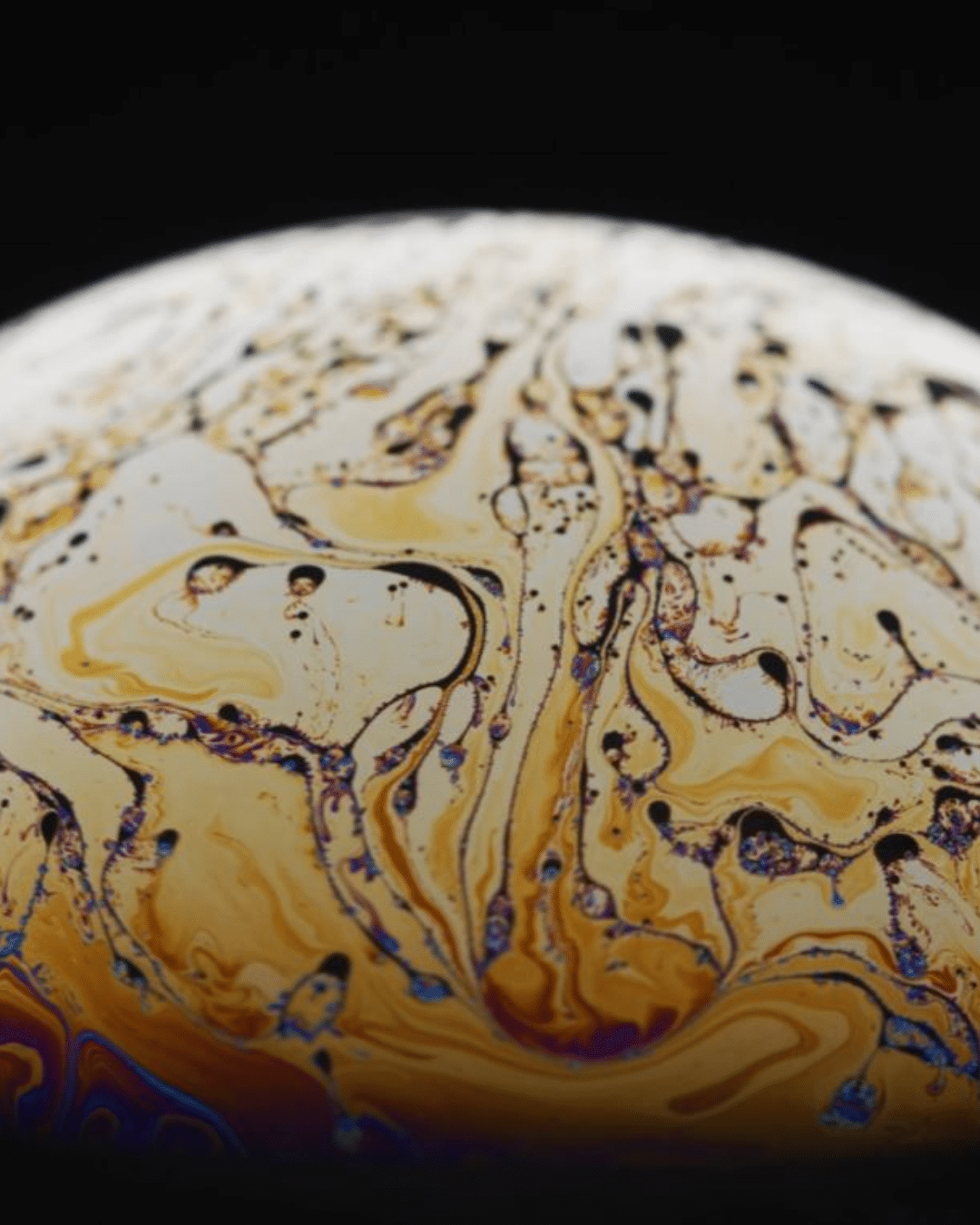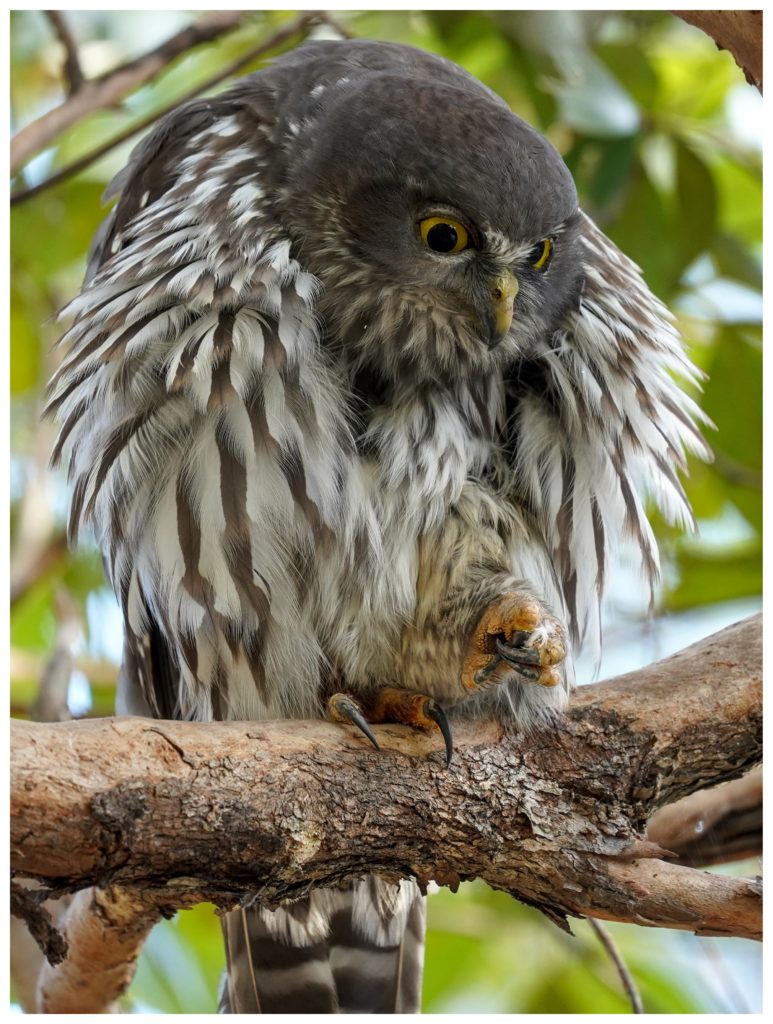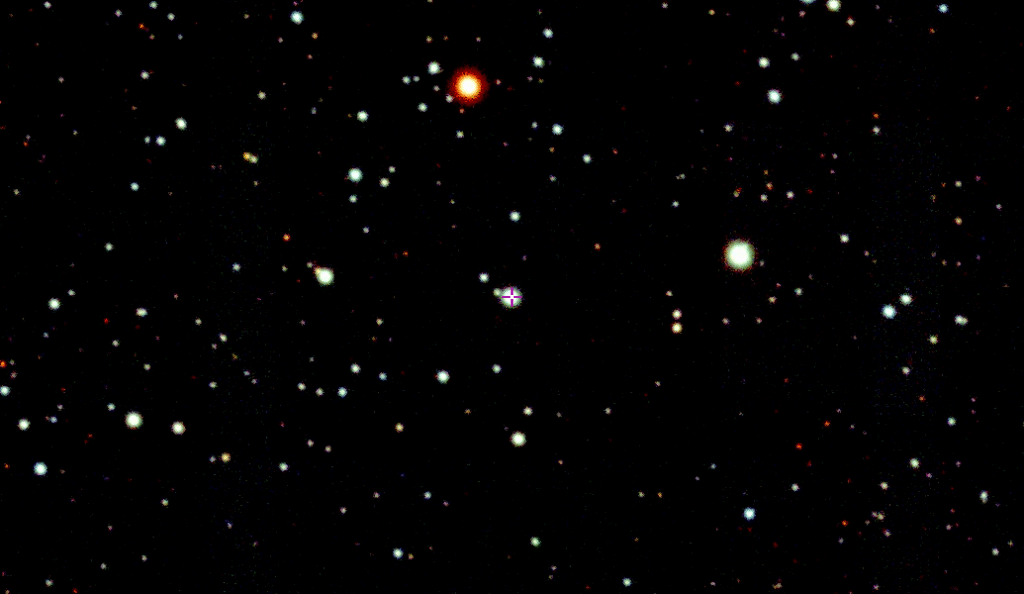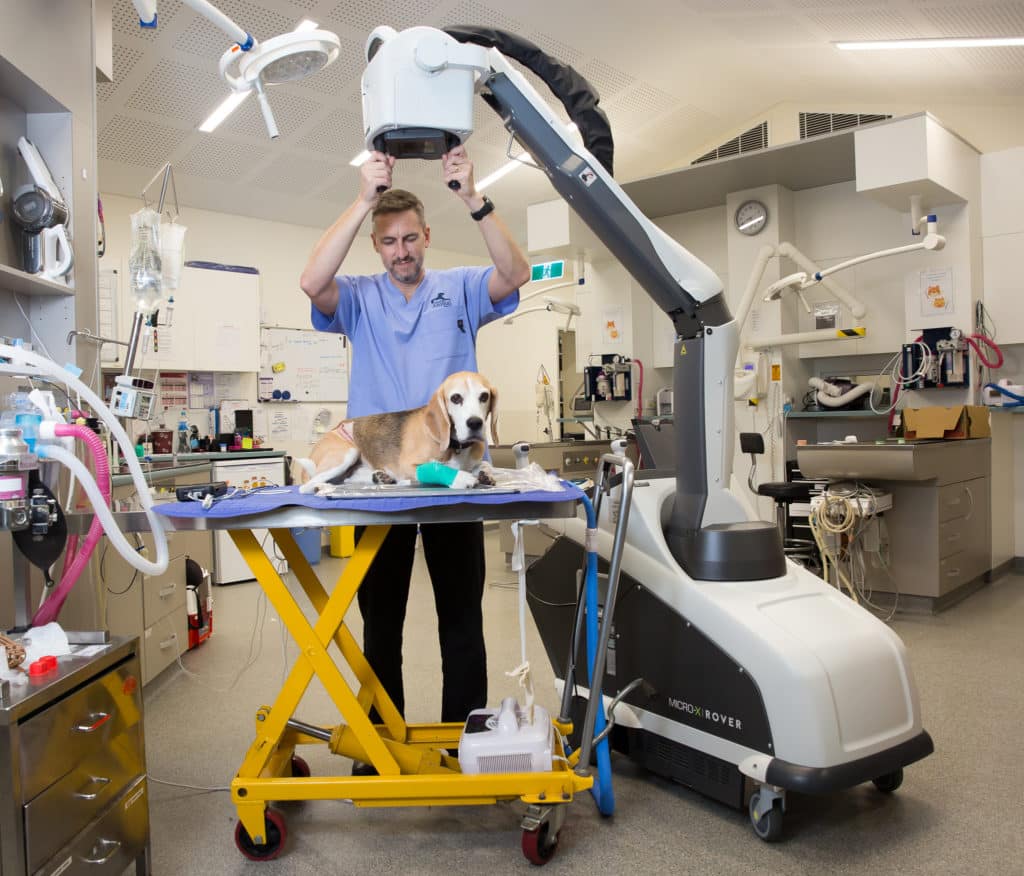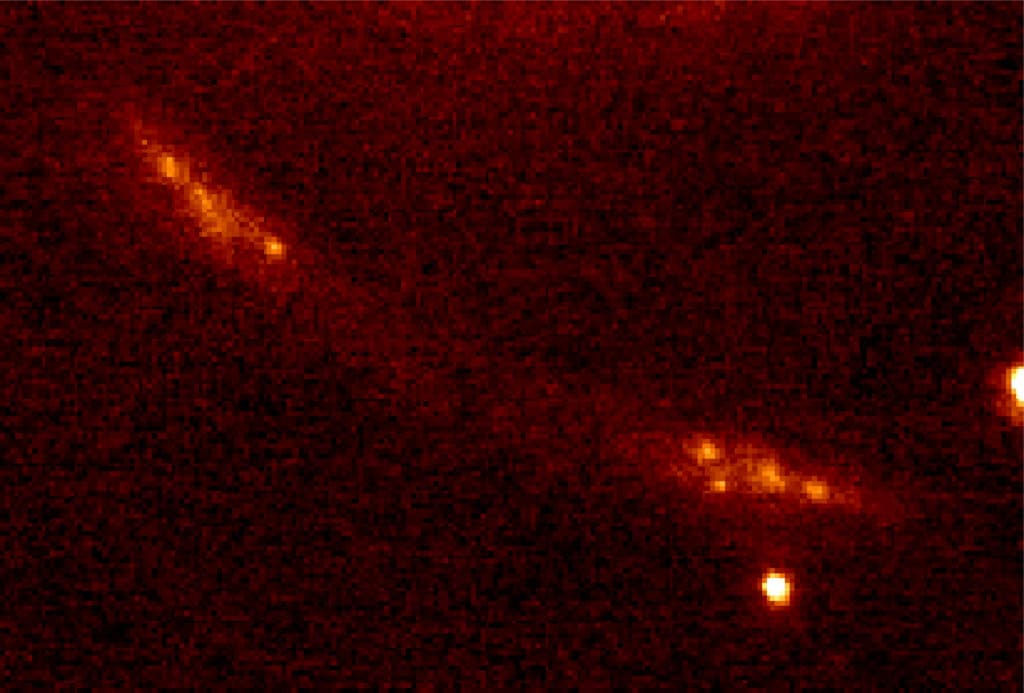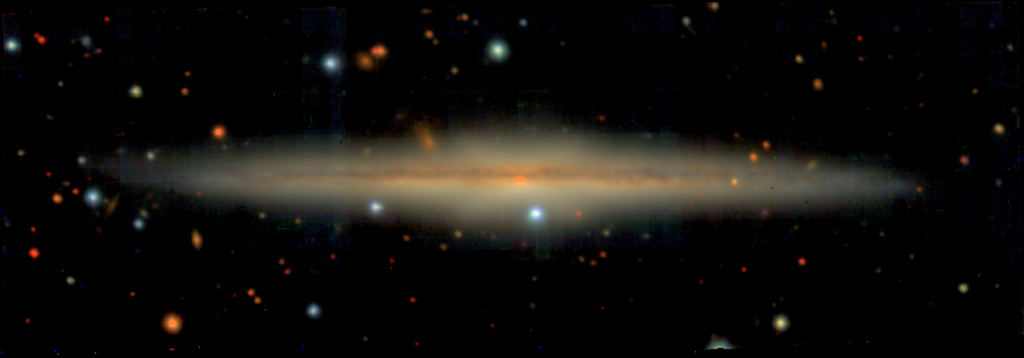Offering the potential to:
- Drive an electric vehicle from Melbourne to Sydney on a single charge
- Create lightweight batteries for drones and submarines
- Unlock new avenues in aviation and maritime industries
- Produce batteries in Australia with Australian lithium, without using cobalt and rare earth minerals.
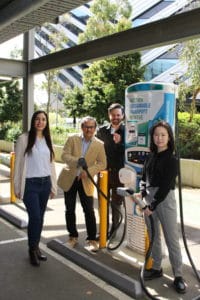
Credit: Monash Energy Institute
Simply by adding sugar, researchers from the Monash Energy Institute have created a longer-lasting, lighter, more sustainable rival to the lithium-ion batteries that are essential for aviation, electric vehicles and submarines.
The Monash team, assisted by CSIRO, report in today’s edition of Nature Communications that using a glucose-based additive on the positive electrode they have managed to stabilise lithium-sulfur battery technology, long touted as the basis for the next generation of batteries.
“In less than a decade, this technology could lead to vehicles including electric buses and trucks that can travel from Melbourne to Sydney without recharging. It could also enable innovation in delivery and agricultural drones where light weight is paramount,” says lead author Professor Mainak Majumder, from the Department of Mechanical and Aerospace Engineering and Associate Director of the Monash Energy Institute.
Continue reading Sugar coating opens a path to low cost lithium sulfur batteries


